PPE for Roofers
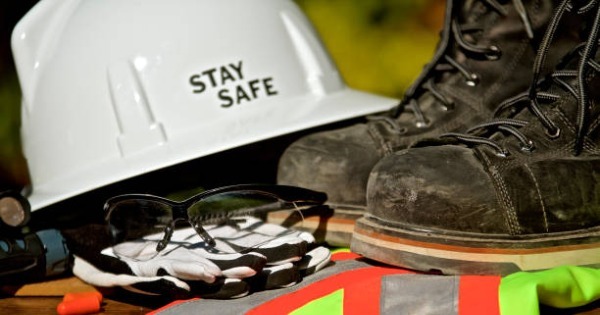
By Trent Cotney, Cotney Attorneys & Consultants.
There are numerous pieces of equipment roofers use that require proper protection to avoid injury.
It’s important to provide the proper safety equipment to employees and make sure they are using it. It is key to a safe workplace.
Let’s break down the equipment used on the job and the type of personal protection equipment (PPE) needed to keep employees safe.
Hazardous substances
If dust, mist, or fume levels are exceeded, wear an appropriate respirator.
Unprotected work 6 feet or higher
Use a fall arrest system or fall restraint equipment.
Nail guns
Wear eye and hearing protection and use safety devices to prevent a nail gun from discharging unless it is in contact with a work surface. Never carry a nail gun against the body or with your finger on the trigger. Also, never carry it while it is still connected to an air compressor.
Manual shingle stripper
Wear appropriate footwear and eye protection.
Compressed air
Wear appropriate eye and hearing protection. Ensure that the pressure is adjusted correctly for the tool.
Generator or air compressor
When working near this equipment, wear hearing protection and eye protection.
Tin snips
Always wear work gloves and safety glasses and discard any scrap metal or other waste as appropriate.
Working near mobile equipment or traffic
Always wear high-visibility clothing, such as vests.
Power saw
Be sure blades are sharp and guards in place and functioning correctly. Wear eye and hearing protection and work gloves.
Fall protection
Falls, are, of course, the leading cause of workplace injury and death for roofers. Therefore, inadequate fall protection is a considerable concern for the U.S. Department of Labor’s Occupational Safety and Health Administration or OSHA.
OSHA’s most frequently cited violation across all industries is a lack of proper fall protection equipment.
Make a thorough assessment of any fall hazards that may be present on a worksite. This can be completed in a day and will have positive effects for years to come. The effects are measured in the health and safety of your employees.
Any accident-free day on the job site is a great day.
Engineer solutions to mitigate risks and train and equip your employees with the appropriate PPE to avoid serious injuries.
General
Employers determine when a worker should wear work boots, a hard hat and safety glasses. In addition, workers should know how to inspect their PPE and put it on properly to protect them from hazards on the worksite.
Workers required to wear respirators must have a respiratory protection program and meet other requirements.
Consider a job hazard analysis
OSHA does not require a job hazard analysis, but it can help further protect your employees from unseen hazards.
Examine the work environment to ensure tools and equipment are in good working order and establish safety protocols and communications with employees.
Check your state’s regulations, in addition to federal rules, when incorporating safety into your operations. OSHA provides a complete guide to conducting job hazard analyses.
By following these guidelines, your roofers will be much safer on the job.
Disclaimer: The information contained in this article is for general educational information only. This information does not constitute legal advice, is not intended to constitute legal advice, nor should it be relied upon as legal advice for your specific factual pattern or situation.
Trent Cotney is an advocate for the roofing industry, General Counsel of the National Roofing Contractors Association (NRCA) and several other industry associations. For more information, contact the author at 866.303.5868 or go to www.cotneycl.com.
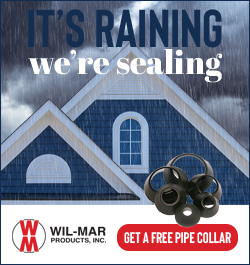


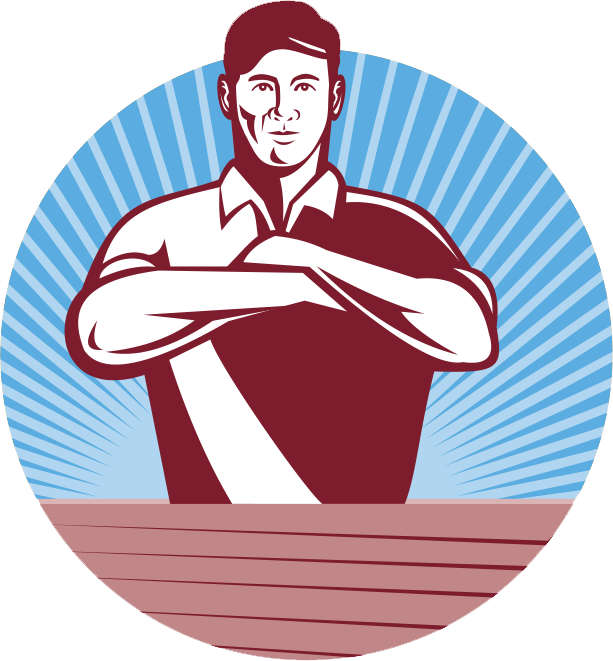
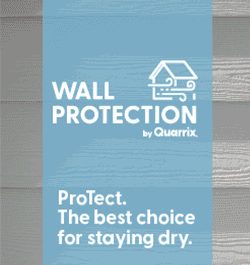








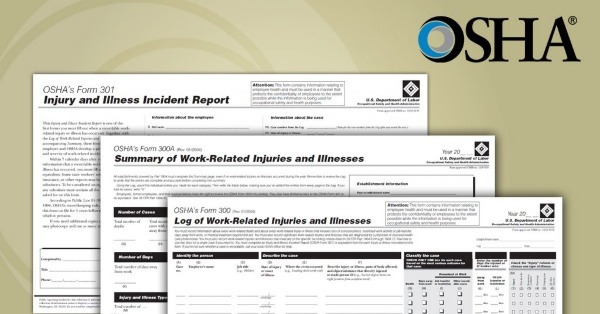

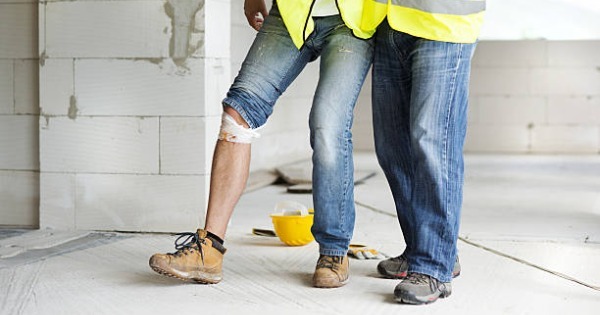


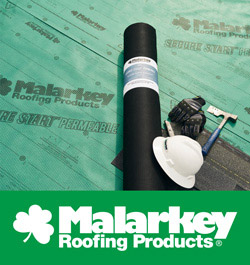

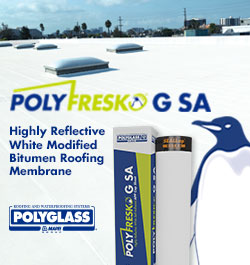

Comments
Leave a Reply
Have an account? Login to leave a comment!
Sign In